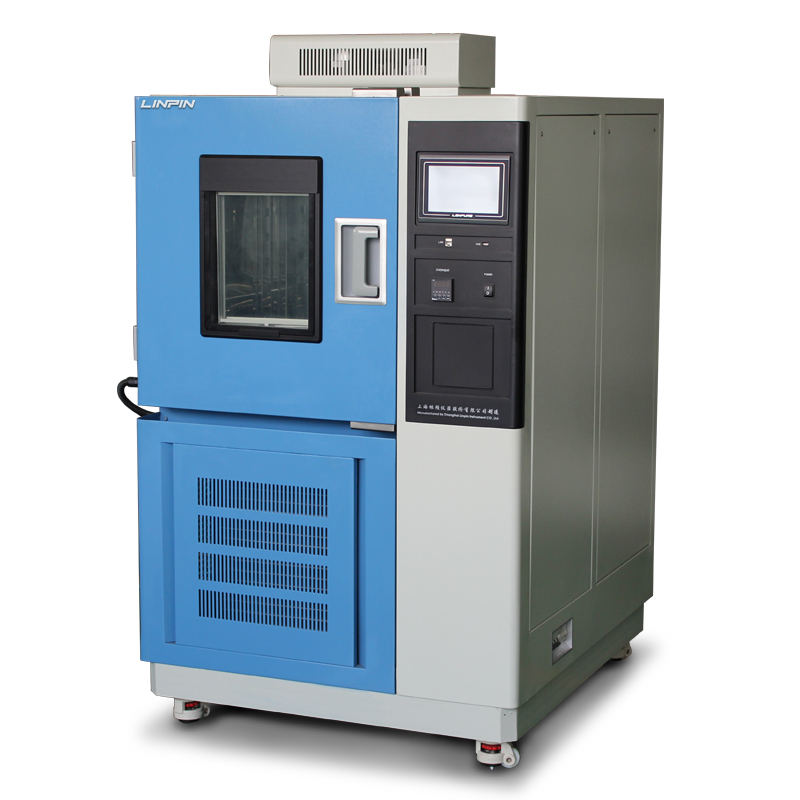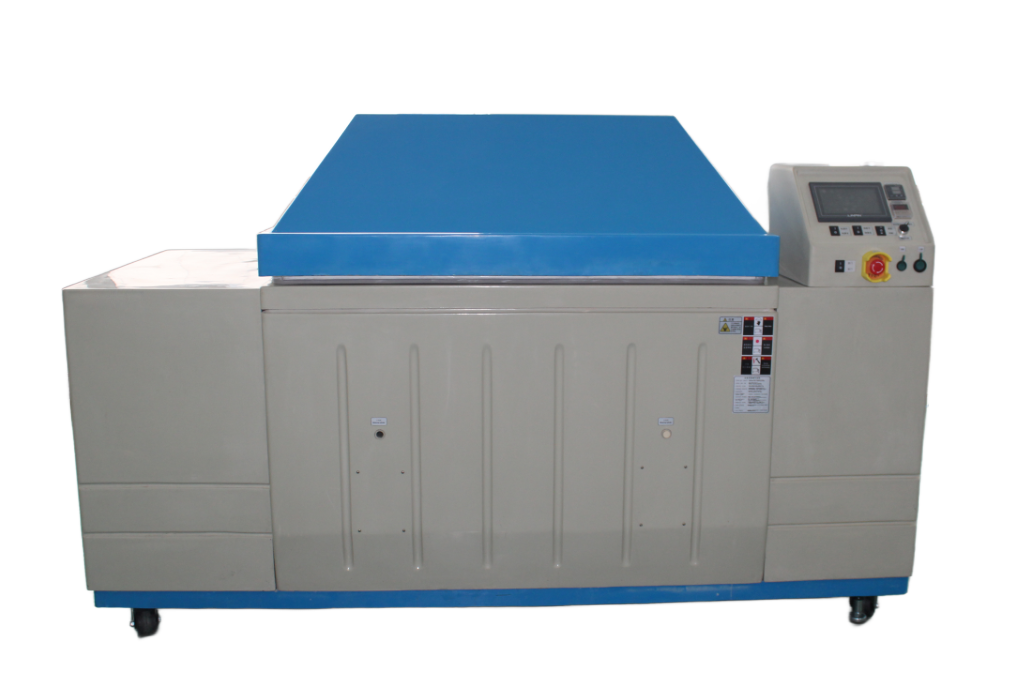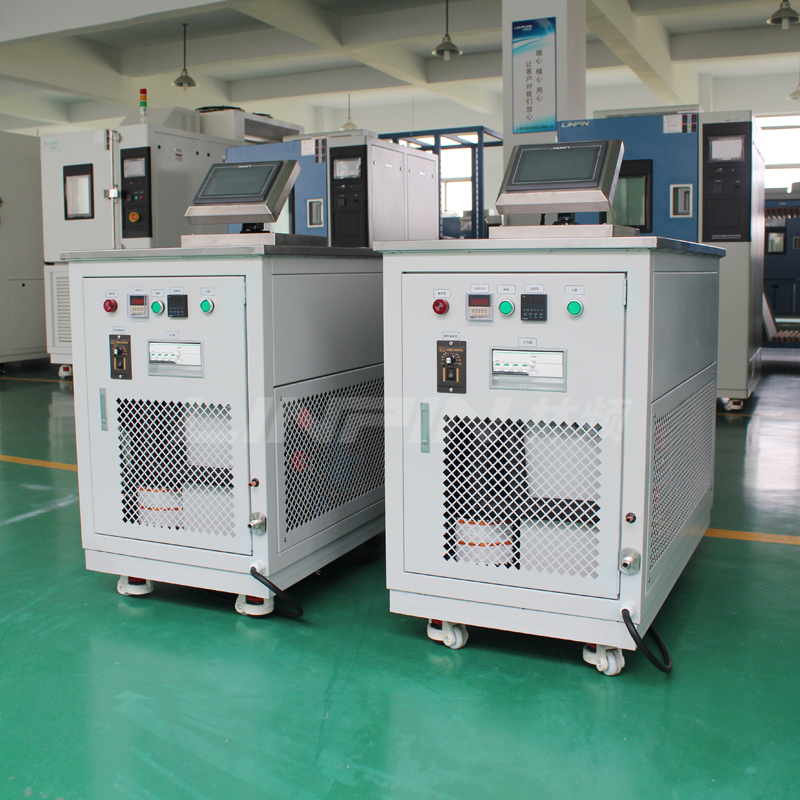Can HAST Chambers Be Used for Battery Safety Testing?
Author:LINPIN Update Time:2025-09-02 Source:LINPINIn today’s fast-evolving technological landscape, batteries are the backbone of modern life, powering everything from smartphones to electric vehicles and energy storage systems. However, as energy density continues to rise, safety concerns have become increasingly critical. A battery’s stability under extreme conditions—high humidity, temperature, and pressure—directly impacts product reliability and user safety. This makes it essential for manufacturers and R&D teams to efficiently simulate harsh environments and identify potential risks before market release.
The answer is clear: Yes!
Highly Accelerated Stress Test (HAST) chambers are highly effective for battery safety testing. By replicating high-temperature, high-humidity conditions, these chambers rapidly evaluate battery performance under stress, enabling companies to detect and resolve issues early—significantly enhancing safety and reliability.
How HAST Chambers Work
HAST chambers simulate accelerated aging by exposing products to extreme heat and humidity (e.g., 130°C, 85% RH or higher), compressing years of real-world degradation into days or weeks. Compared to standard environmental testers, HAST chambers offer:

Key Parameters:
- Temperature range: 105°C–150°C (far exceeding conventional tests)
- Humidity range: 85–100% RH (mimicking severe moisture exposure)
- Pressure control: Some models adjust pressure to simulate altitude effects.
- Acceleration factor: Leveraging the Arrhenius equation, HAST testing slashes evaluation time while maintaining accuracy.
Industry Standards Supported:
- JESD22-A104 (Temperature-Humidity Bias Life Test)
- IPC-TM-650 (PCB testing)
- IEC 60068-2-66 (Highly Accelerated Humidity-Heat Testing)
HAST Testing for Battery Safety: Critical Applications
Battery safety hinges on mitigating risks like thermal runaway, electrolyte leakage, separator degradation, and short circuits. HAST chambers excel in:
-
Humidity Resistance Testing
- Evaluates seal integrity and corrosion resistance of metal components by simulating prolonged high-moisture exposure.
-
Accelerated Aging & Lifetime Prediction
- Replaces months/years of traditional aging tests with rapid results, speeding up design optimizations.
-
Thermal Runaway Risk Detection
- Intensifies internal chemical reactions under extreme conditions to flag potential runaway hazards.
-
Global Climate Adaptability Validation
- Tests performance in tropical/subtropical environments to ensure reliability across diverse markets.

- Tests performance in tropical/subtropical environments to ensure reliability across diverse markets.
The Future of HAST Chambers in Battery Testing
As demand for safer batteries grows, HAST technology is evolving with:
-
AI & Automation
- Smart algorithms to auto-optimize test parameters, monitor real-time battery metrics, and predict maintenance needs.
-
Precision Control
- Next-gen chambers will offer finer adjustments for temperature, humidity, and pressure to match advanced battery materials.
-
Multi-Environment Simulation
- Integration with vibration, salt spray, and low-temperature testing for comprehensive safety assessments.
Choosing the Right HAST Chamber
Key considerations for battery manufacturers:
✔ Temperature/Humidity Range – Aligns with test requirements?
✔ Chamber Size – Accommodates varying battery dimensions?
✔ Safety Features – Explosion-proofing, smoke detection, etc.?
✔ Data Logging – Tracks voltage, temperature, and other critical metrics?
✔ Brand Reputation & Support – Prioritize reliability and after-sales service.
In an era of rapid battery innovation, safety remains non-negotiable. HAST chambers deliver unmatched efficiency and precision, slashing R&D timelines and costs while preempting risks. By integrating HAST testing, companies can future-proof their products and dominate global markets with confidence.





